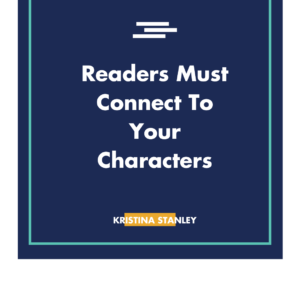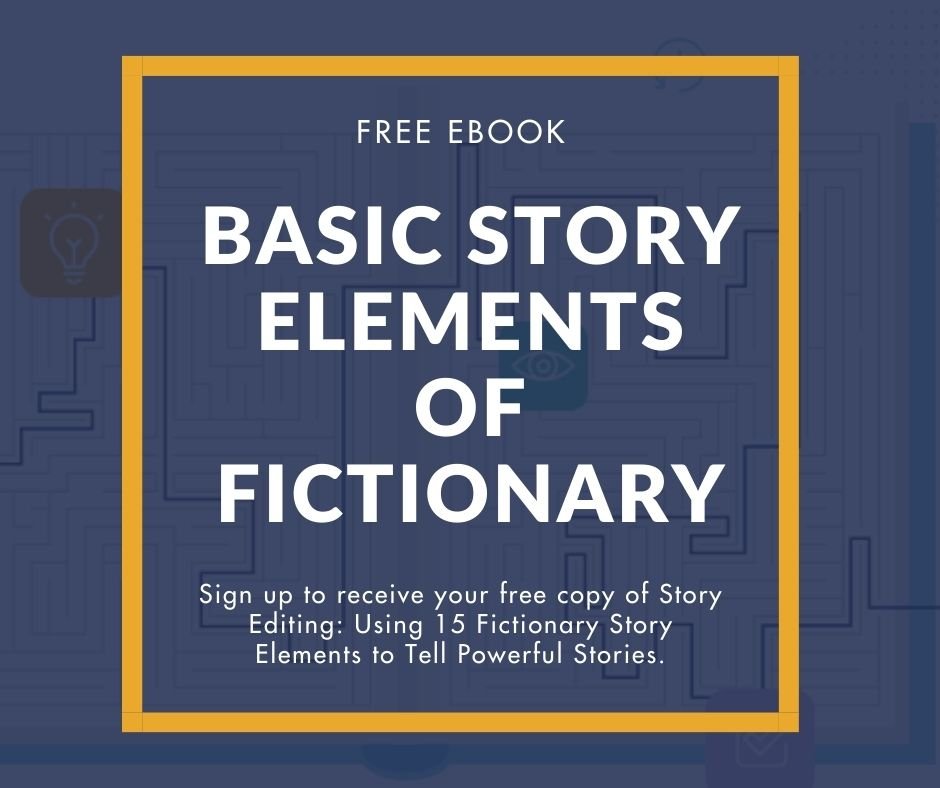
Connect readers with your characters by describing characters in a way that keeps the reader engaged. But how do you do this in the most effective way?
The most important element you can use for describing a character is not describing what they look like. It’s showing the reader what a character does.
The second most important element you can use for describing a character is showing the reader what a character wants.
The third is the character’s motivations. Backstory is a great way to show this.
The least important element for describing a character is describing their appearance.
Let’s take a look at each element.
1 Character Motion
A character is interesting if they do something interesting.
Use description to show your reader what your character is doing. This comes in the form of character motion.
Motion can be used to highlight other elements in a scene. For example, if two characters are having an intense discussion, the motion taking place will give the reader time to process the conversation.
Motion can also be used to increase tension. Let’s say two characters are exchanging dialogue. One character is trying to say something important, and other character is taking care of a puppy in the room and is distracted. The motion of the second character frustrates the first character and increases the tension in the scene.
The motion in the example gives the reader insight into the characters. One has something important to say, and the other is more interested in the puppy. How they react will show the reader a lot about the characters.
Review each scene in your story and check that the character is in motion – meaning they are doing something.
Then check that you are describing the motion in a way that is related to the plot and is driving the story forward.
2 Character Goal
A character becomes more interesting is the desperately want something.
Use the point of view goal to show your reader what the character wants. This is a form of describing your character.
A character’s goal is simply what a character wants. Goals drive the story forward. If a character doesn’t have a goal, then what are they doing? There’s no one for the reader to root for or against, no meaningful obstacle to put in the character’s way—and no reason for your reader to keep reading. A scene where the POV character doesn’t have a goal will lack tension. And without tension, the reader gets bored.
Review your story and make sure the point of view character has a goal for every scene.
3 Character Backstory
A character becomes even more interesting if they have a past that is driving their actions.
Use backstory to give your reader important information about the character. This should describe the character motivations.
Backstory is the story that happens before your novel begins. Sometimes during the story, you need to inform the reader of something that happened earlier in the life of a character.
Good backstory is an event that hurts the characters before page one. The backstory can be used to create character motivations or flaws.
Review your story and ensure that the backstory in every scene describes your character in an effective manner.
4 Physical Description
This is the least important element, and you must be careful how you use physical description. I say least important because often it isn’t used well. The reader will be more interested in what a character does than what they look like. If a character doesn’t do anything interesting, no one is interested in their looks.
Let’s say a twenty-year-old woman is entering a college lecture hall to attend a 3rd-year calculus class, and it’s the first day of the term.
Janice enters the lecture hall, hesitates, and swoops her long blonde hair into a ponytail.
All this tells us is her name, she’s entering the lecture hall, and her hair is long and blonde. She hesitates. But that doesn’t give us any insight into her. Is she looking for a seat, her friend, a place at the side of the room? Does she just want to pull her hair back because it’s annoying her? At this point the reader is thinking, so what?
So, let’s try another way.
Janice enters the lecture hall.
“Check out the hot blonde,” a guy in the last row says.
His buddy laughs. “She must be confused. Psych 101 is next door.”
The two men high-five each other and continue to stare.
Janice takes a deep breath, walks towards them, and sits in the seat directly in front of them.
This tells us Janice has blonde hair and that some men see her as attractive. It also tells us she has guts. Instead of scurrying to the front of the lecture hall or looking for a friend to sit with, she sat as close to the men as she could. Now it’s interesting to the reader because they want to know what’s going to happen next.
Resources:
The 38 Fictionary Story Elements Educational Series gives you more information about how to revise your story so you make the most out of your characters. Subscribe to our channel on YouTube to get the full series.
Ready for more knowledge? Check out What is a Character Arc? for the next level of detail.
An Editor’s View of Character Names shows you how an editor evaluates the names you’ve chosen.
![]()
StoryTeller is creative editing software for fiction writers. Transform your story, not just your words. Successful stories depend on your ability to edit, improve, and revise your work. Only when you master story editing, can you master storytelling.
Why not check out Fictionary’s StoryTeller free 7-day trial and tell powerful stories?


